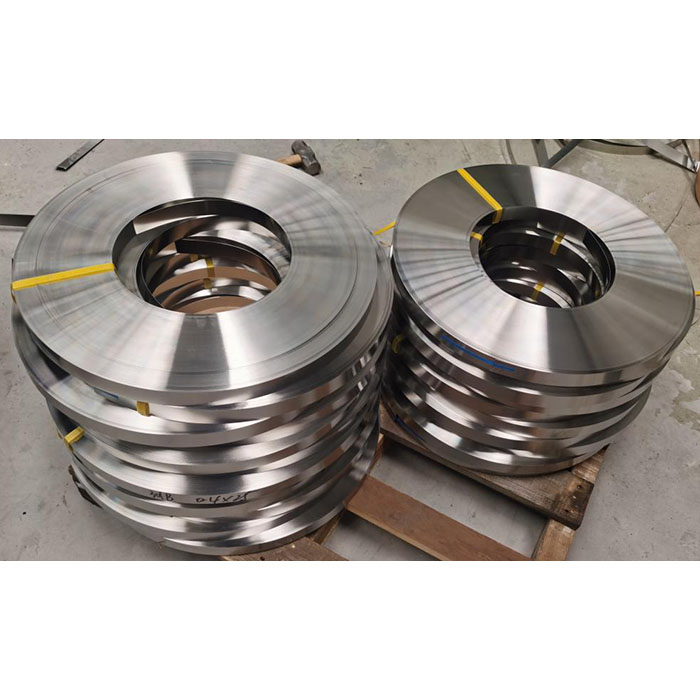

301 stainless steel strip is an austenitic stainless steel with high nickel and chromium content. It is widely used in applications that require high strength and certain corrosion resistance. Its corrosion resistance mainly depends on its alloy composition and surface condition. The corrosion resistance standard of 301 stainless steel is usually measured according to the following aspects:
Alloy composition:
Chromium (Cr): at least 18%, providing good corrosion resistance and oxidation resistance.
Nickel (Ni): at least 6%, enhancing its corrosion resistance, especially in acidic or alkaline environments.
Other elements such as carbon (C), manganese (Mn) and nitrogen (N) contribute to the strength and wear resistance of the material.
Corrosion resistance:
301 stainless steel strip has certain corrosion resistance and is suitable for environments such as atmosphere, fresh water, and certain chemicals. However, it performs poorly in corrosive environments such as strong acids and chlorides. Therefore, in these applications, more corrosion-resistant materials such as 304 or 316 stainless steel are usually selected.
Acid corrosion resistance:
301 stainless steel performs well in corrosive environments with most organic and inorganic acids, but its corrosion resistance decreases in strong oxidizing acids (such as nitric acid) or high temperature environments. Therefore, for applications that require strong acid corrosion resistance, 316 stainless steel may be more suitable.
Chloride stress corrosion cracking (SCC) resistance: 301 stainless steel may experience stress corrosion cracking in environments containing chlorides, especially in environments with high temperatures and high chloride ion concentrations. Therefore, chloride-resistant materials such as 316 stainless steel are more common in these environments.
301 stainless steel strip generally meets the requirements of the following international standards:
ASTM A240: Standard for describing stainless steel plates and strips.
ASTM A666: Standard for describing hot-rolled stainless steel plates and strips.
EN 10088: European standard that also covers similar corrosion resistance requirements.
Overall, 301 stainless steel strip has good corrosion resistance in ordinary environments, but in highly corrosive environments, it may be necessary to choose a more corrosion-resistant alloy, especially when chlorides, strong acids or high temperatures are involved.
